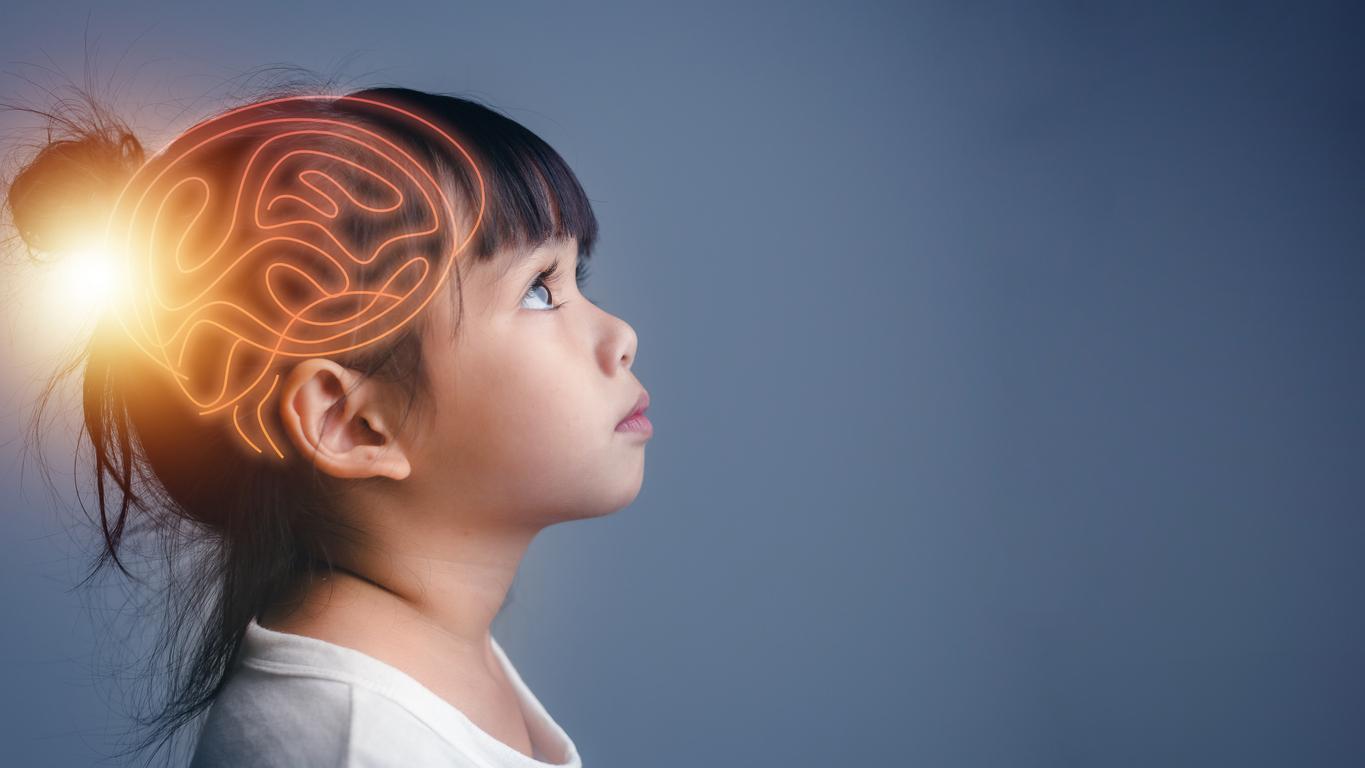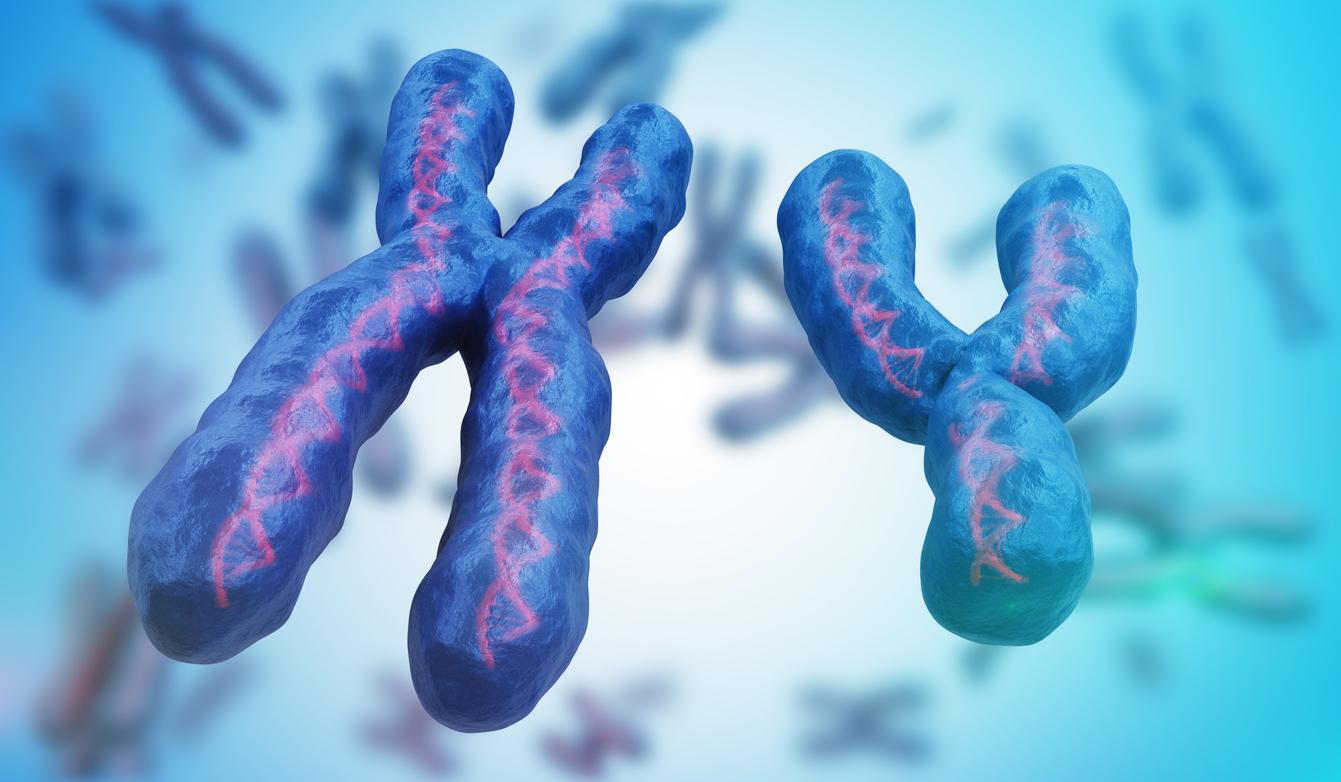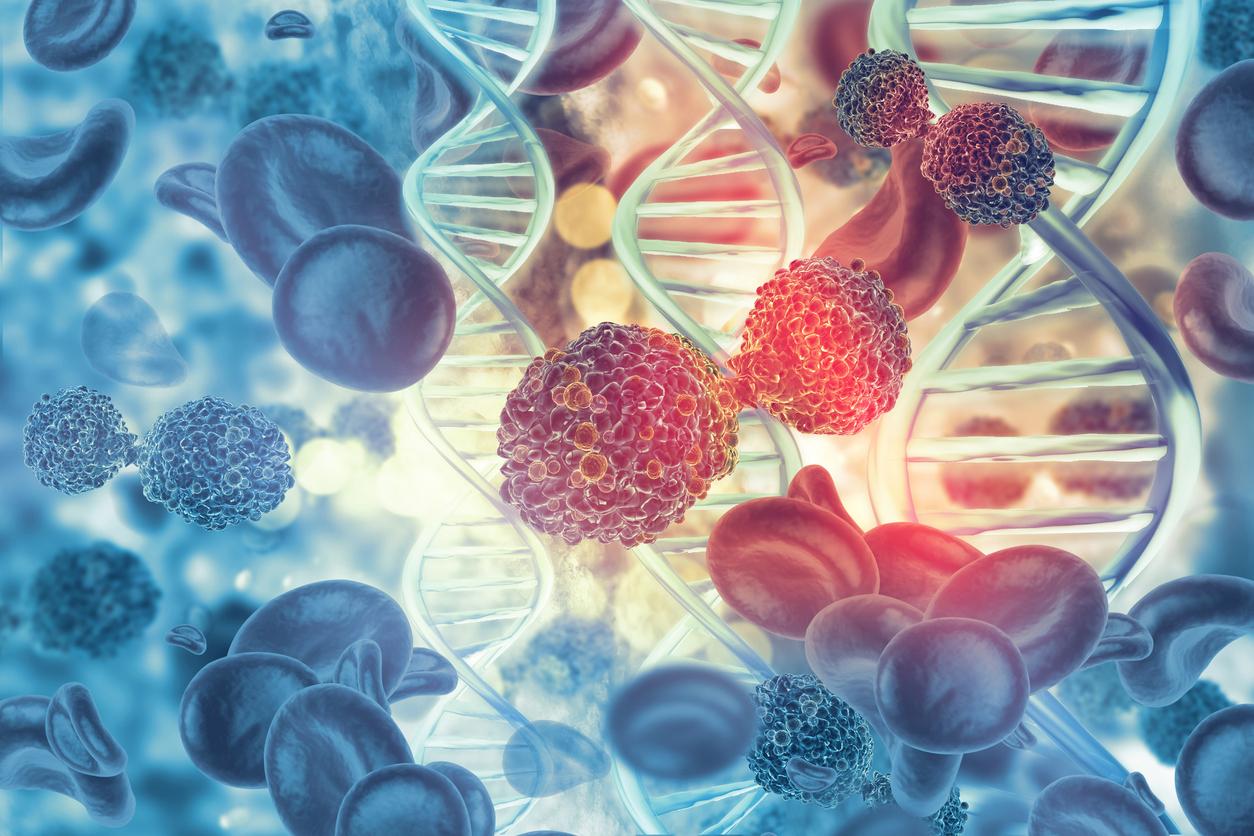The mode of diagnosis of autism would explain the increase in the number of autists referenced in the United States. This number went from one in 5000 in 1975 to one in 150 in 2002 and one in 68 in 2012.
Researchers at Penn State University (USA) analyzed data from children registered in special education programs for eleven years, an average of 6.2 million children per year. They found that the increase in the number of autistic people recorded in the United States was due to a reclassification of a certain category of children as autistic when they were previously diagnosed with developmental disorders.
Autism is a neurological disorder that is characterized by impairments in social communication and a preference for repetitive activities. Although a strong genetic basis seems to underlie this disorder, its causes remain unknown. Autistic disorders are very complex with many degrees of severity and can coexist with other neurological and developmental problems.
The findings of this study reveal that for eight-year-olds, about 59% of the increase in autism cases corresponds to a reclassification of the diagnosis. At age 15, reclassification accounts for 97% of the increase in autism cases, the researchers determined.
“This new research provides the first direct evidence that this increase could be attributed to a reclassification of the diagnosis of neurological disorders in most children rather than an actual explosion in new cases of autism,” says Santhosh Girirajan, assistant professor of molecular biology at Penn University, lead author of this study.
The National Institute of Health and Medical Research (Inserm) estimates that 100,000 young people under the age of 20 suffer from pervasive developmental disorder (PDD) in France and that infantile autism affects approximately 30,000 of them. between them.
Read also:
We should not say Autism, but Autisms
Infographic: everything you need to know about autism
Autism: the pet helps to socialize


















